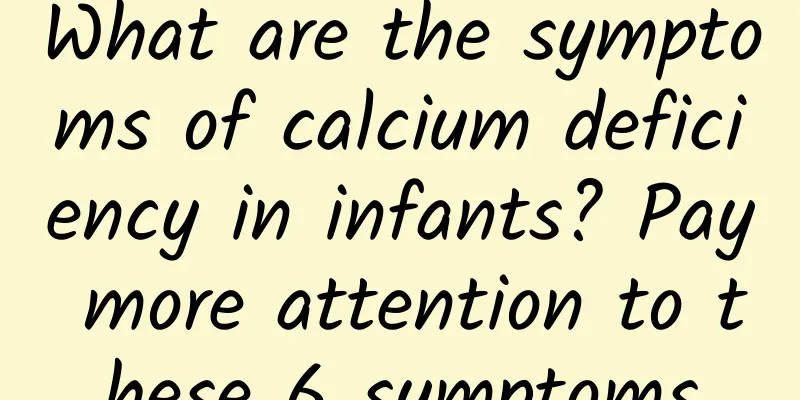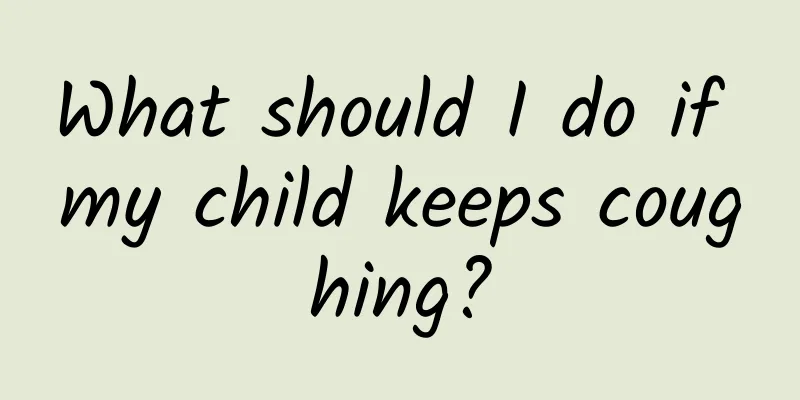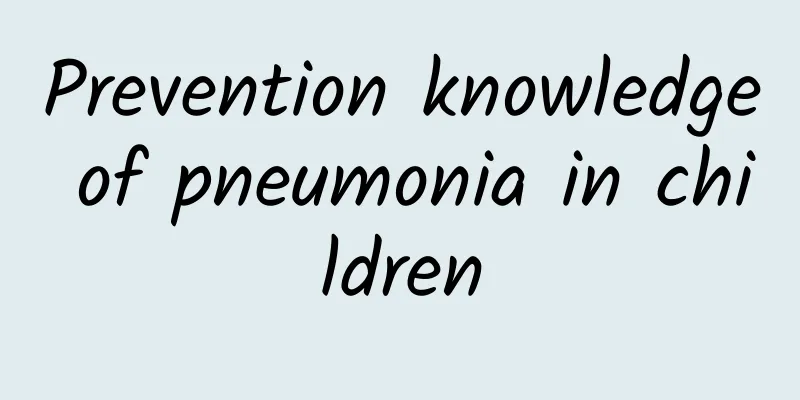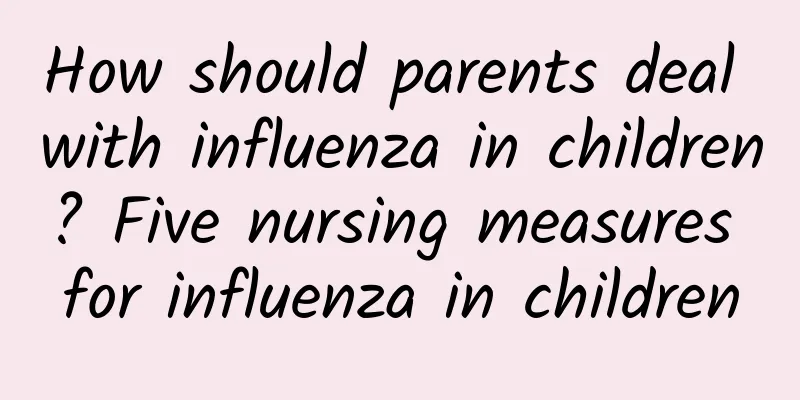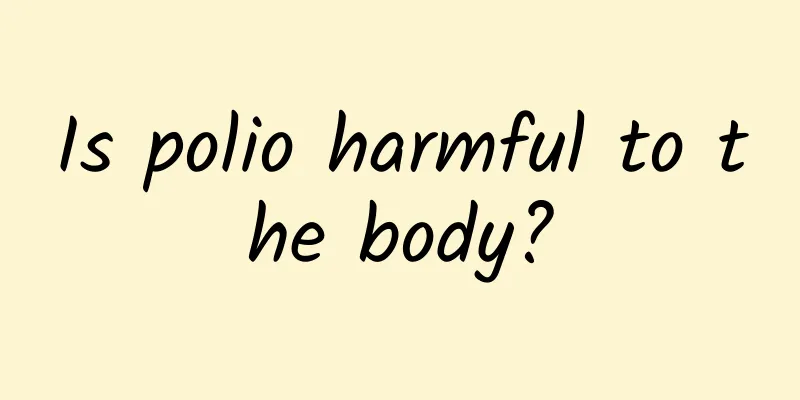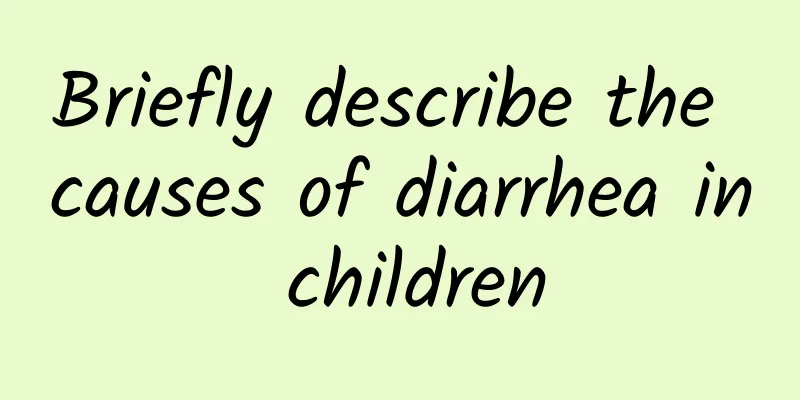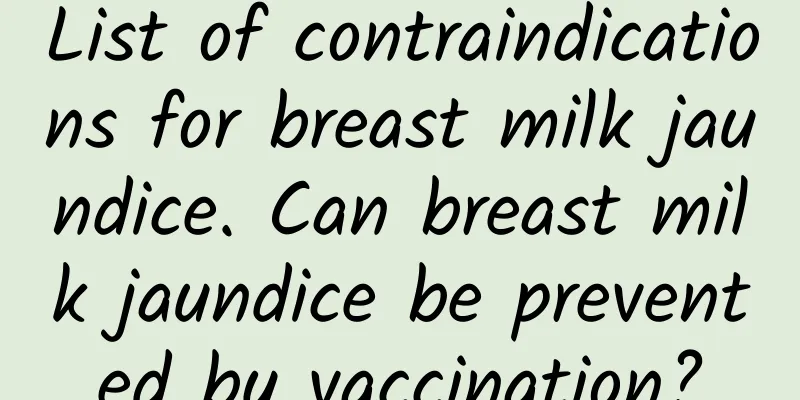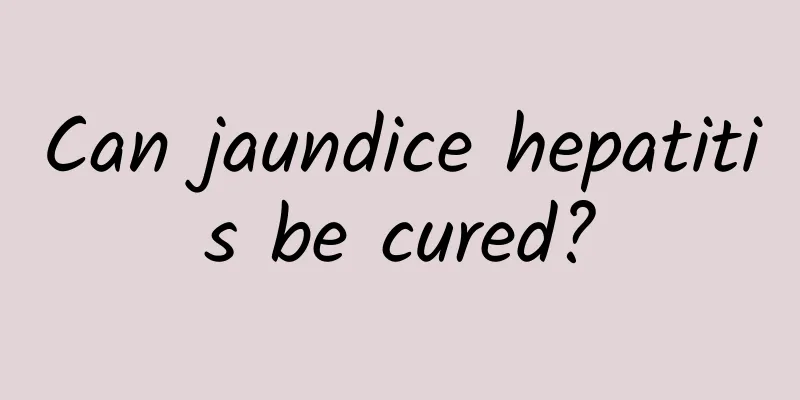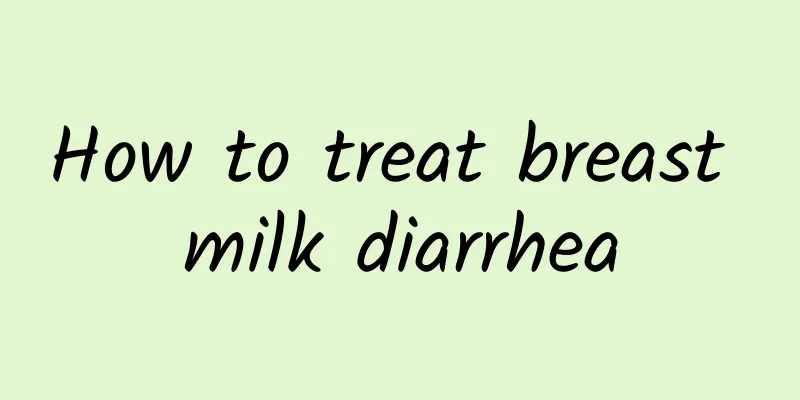What is the difference between pneumonia and cold in children? Avoid five misunderstandings in the rational treatment of pneumonia in children
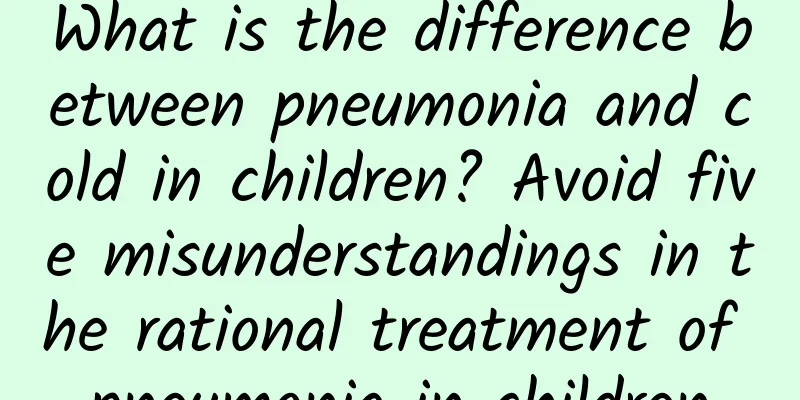
|
Pneumonia is a common disease, especially among children. We need to pay attention to children's pneumonia and provide active and reasonable treatment. The difference between pneumonia and cold in children ˜1. Body temperature: Children with pneumonia will usually have a fever, which is usually above 38°C and lasts for more than 2-3 days. Even with antipyretics, the fever can only be temporarily relieved. For common colds, although there is a fever, it is usually below 38°C and lasts for a short time. Antipyretics are more effective. 2. Look at cough and breathing: Children with pneumonia mostly have cough or wheezing, and the degree is severe, and they often have difficulty breathing. The cough caused by a cold is generally mild and will not cause difficulty breathing. ˜3. Mental state: Babies with colds generally have little change in their mental state and can play as usual; babies with pneumonia are mostly in a poor mental state, often feeling irritable, crying, restless, or drowsy or having convulsions. 4. Look at the diet: Babies with colds have a relatively normal diet, or only slightly reduce the amount of food (milk). But once they have pneumonia, their appetite decreases significantly, they refuse to eat or drink milk, or they cry when they are fed because of holding their breath. 5. Sleep: Colds generally do not affect sleep; but after babies get pneumonia, they often cannot sleep well, wake up easily, cry a lot, and their breathing difficulties tend to worsen especially at night. Symptoms of pneumonia in children 1. General symptoms: There is often an upper respiratory tract infection for several days before the onset of the disease, and the body temperature can reach 38-40℃. Most of them are remittent or irregular fever. Infants often have a slow onset and a low fever. Other manifestations may include refusal to eat, vomiting, and choking on milk. 2. Respiratory system: Most cases have an acute onset, with the main symptoms being fever, cough, and shortness of breath. (1) Fever: Children with pneumonia usually have fever symptoms, with body temperatures above 38°C for two or three days. Antipyretics can only temporarily lower the body temperature for a while, but it will rise again soon. However, we should also be wary of pneumonia in children without fever. Babies with pneumonia may have a high body temperature, but they may not have a fever, or even have a lower temperature than normal. (2) Cough and breathing: These children often develop an acute onset of illness, first with "cold" symptoms that last about 3 days, with a low fever (measured body temperature around 38°C), clear nasal discharge, and cough. About 60% of the children may not have a fever. After 2-3 days, the cough worsens, and the breathing becomes rapid and shallow. (3) Chest: Since children’s chest walls are thin, bubbling sounds can sometimes be heard without a stethoscope, so careful parents can listen to their children’s chest when they are quiet or asleep. 3. Circulatory system: Mild hypoxia can cause an increased heart rate, and severe pneumonia can be complicated by myocarditis and heart failure. 4. Nervous system: Mild hypoxia manifests as irritability and drowsiness; cerebral edema may cause impaired consciousness, convulsions, irregular breathing, bulging anterior fontanelle, and sometimes signs of meningeal irritation, and pupils may become slow or absent in their response to light. 5. Mental state: In order to detect pneumonia in children in time, careful mothers should also pay attention to the mental state of their children. If the child is in a bad mental state, has blue lips, is irritable, cries or is drowsy, has convulsions, and a few children may have delirium, it means that the child is seriously ill and is more likely to have pneumonia. 6. Digestive system: Mild cases often cause poor appetite, vomiting, diarrhea, abdominal distension, etc. Severe cases can cause toxic intestinal paralysis, disappearance of bowel sounds, and worsening dyspnea when abdominal distension is severe. Gastrointestinal bleeding may cause vomiting of coffee-like substances, positive occult blood in the stool, or tarry stools. 7. Decreased appetite: Pneumonia will significantly reduce appetite. Children with pneumonia will not eat or will cry and become restless when they are fed. Treatment of pneumonia in children 1. General care and supportive therapy: (1) The room temperature should be kept at around 20°C and the relative humidity should be 55-65% to prevent respiratory secretions from drying out and becoming difficult to cough up. This can also prevent cross infection. (2) Pay attention to nutrition and water supply: Breastfeeding should be done as much as possible. If bottle-feeding is used, the amount and concentration of milk can be determined according to the digestive function and condition of the child. If the child has diarrhea, skim milk should be given. For infants or children, a light, easily digestible diet rich in multiple vitamins should be provided. Children in the recovery period should be given nutritious, high-calorie food. For critically ill children who cannot eat, intravenous infusion should be given to supplement calories and water. (3) Keep the respiratory tract unobstructed: Remove nasal crusts, nasal secretions and respiratory tract sputum in a timely manner. Improve ventilation function, increase alveolar ventilation, correct hypoxia, and reduce CO2 retention. For those with a lot of thin sputum, turn over and pat the back repeatedly to facilitate the discharge of sputum. Oral expectorant ammonium chloride mixture can also be taken. For those with thick sputum that is difficult to cough up, suction the sputum or use ultrasonic atomization for inhalation. 2. Application of anti-infective drugs: (1) Choice of antibiotics. Gram-positive coccal infection of the lungs: Penicillin is still the first choice for pneumococcal pneumonia. Patients who are allergic to penicillin can be treated with erythromycin instead. Pulmonary infection with Gram-negative bacteria can generally be treated with ampicillin or aminoglycoside antibiotics. Pseudomonas aeruginosa pneumonia can be treated with Fudaxin, Junbizhi, etc. Mycoplasma pneumonia: Erythromycin is often used, and the course of treatment is preferably 2 weeks. For pneumonia with unclear bacteria, broad-spectrum antibiotics should be selected according to the condition and used in combination (one of the antibiotics should focus on Gram-negative bacteria). (2) Application of antiviral drugs: interferon, ribavirin. Misunderstandings in the treatment of pneumonia in children 1. No fever = no pediatric pneumonia: Wrong. Although fever is one of the main symptoms of pediatric pneumonia, it does not mean that babies without fever symptoms do not have pediatric pneumonia. Babies with pneumonia may have a high body temperature, but they may not have a fever, or even have a lower temperature than normal. For example, epidemic pneumonia, chlamydia, and mycoplasma pneumonia in winter and spring may have no fever or a low fever. Not all children with pneumonia will have a fever, especially newborns with pneumonia may have no symptoms of coughing or fever, so parents must not ignore it. 2. Change the medicine immediately if the pneumonia medicine does not work: Wrong. When the baby gets pneumonia, parents will be very anxious. If the baby does not get better after taking the medicine, they will doubt whether the medicine is ineffective and should be changed to another medicine. But in fact, some treatment drugs are not effective immediately and take a certain amount of time to take effect. In principle, if the condition does not worsen, you need to cooperate with the doctor to insist on taking the medicine for 3 days and then evaluate the efficacy. Frequent changes of medicine are not conducive to disease control. 3. Stop taking medicine immediately if the baby gets better after taking medicine for pneumonia: Wrong. If the baby no longer has a fever after taking medicine for pneumonia, parents think that the baby has improved and want to stop taking the medicine. This is wrong, because how long to use antibiotics should be determined according to the condition, pathogen, and individual situation. Be sure to follow the doctor's instructions. If parents use the medicine irregularly without authorization, it will cause drug resistance, leading to prolonged or chronic pneumonia. 4. Using medicine without the doctor's permission: Wrong. Some parents buy one or two pediatric pneumonia medicines from the pharmacy and give them directly to their babies, which can easily lead to worsening of the condition caused by pathogens such as viruses, chlamydia, mycoplasma, fungi, etc. The correct approach is to listen to the doctor's analysis and choose the right medicine. 5. Wrap the baby like a "dumpling" to prevent it from catching a cold: Wrong. The child's clothes and bedding should not be too thick. Overheating will make the child irritable, causing shortness of breath and aggravating breathing difficulties. In addition, the mother should keep the indoor air circulating and the sun sufficient to reduce pathogenic bacteria in the air. The ultraviolet rays in the sun also have a bactericidal effect, so the windows should be opened frequently for ventilation. |
Recommend
What medicine should children take for upper respiratory tract infection and cough
When children have symptoms of upper respiratory ...
What is the self-diagnosis method for acute laryngitis in children?
What is the self-diagnosis method for acute laryn...
What causes jaundice in babies?
Infant jaundice is a yellowing of the skin and wh...
Is childhood eczema contagious?
Pediatric eczema is not contagious because it is ...
What does jaundice look like?
Jaundice first causes a yellow discoloration of t...
Medical treatment for children with late-stage renal disease
What are the symptoms of late-stage nephrotic syn...
What is the cause of high jaundice in newborns?
What causes high jaundice in newborns? Hyperbilir...
Massage treatment for polio
Polio is an acute infectious disease caused by a ...
What are the external medicines for pediatric eczema?
Eczema is a common allergic skin disease in our l...
Why do newborn babies have jaundice?
The cause of jaundice in newborn babies is usuall...
Causes of recurrent fever in children with pneumonia
The causes of repeated fever due to pneumonia in ...
What to eat for breast milk diarrhea
What is good to eat for breast milk diarrhea? Thi...
What to do if children cough and have phlegm
Children with cough and phlegm must actively trea...
What fruits should children eat when they have a cold? Eat more vitamin C
It is common for children to catch a cold. At thi...
How much does acute laryngitis in children cost?
At present, the incidence of acute laryngitis in ...
